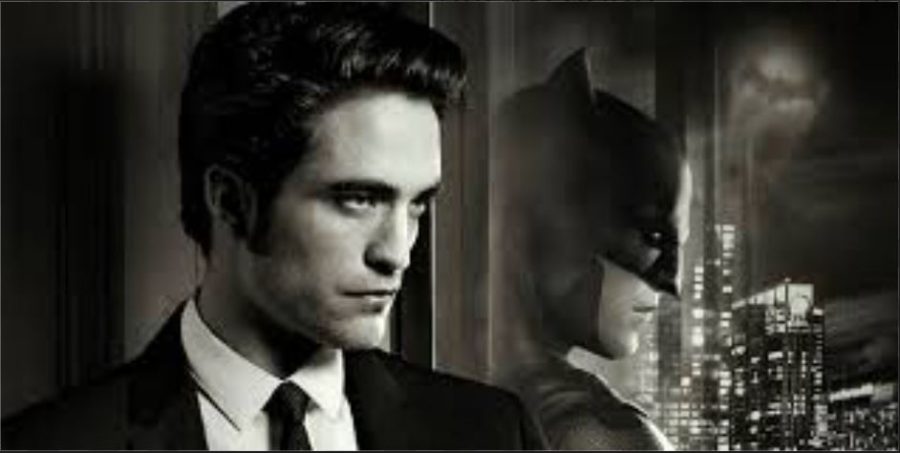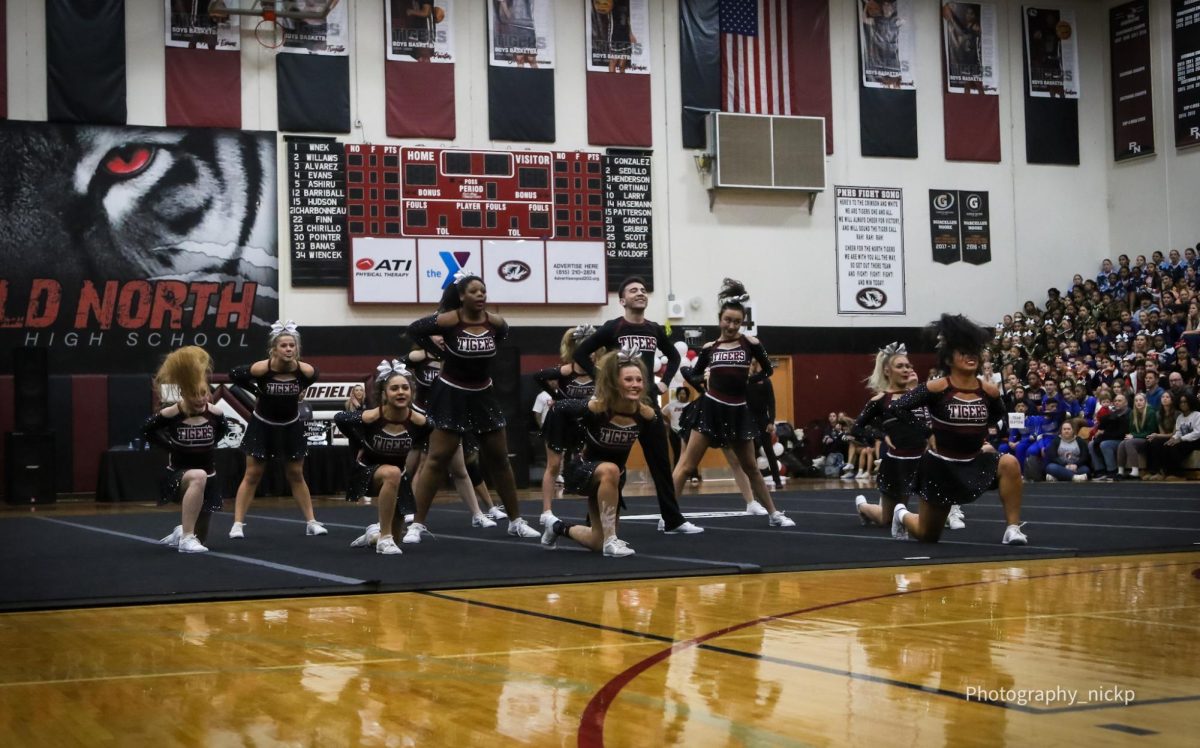‘The Batman’ Gotham’s hero returns
Photo courtesy of Warner Bros
March 23, 2022
DC fans rejoiced as the protector of Gotham City returned to the big screen on March 4. The movie exceeded prerelease expectations yet underwhelmed the growing hype.
Written and directed by Matt Reeves (“War of the Planet of the Apes”) and Peter Craig (“Bad Boys for Life”), Bruce Wayne has taken the idea of “gothic” to new heights by focusing on a younger Batman early in his crime fighting days.
The movie opens on Halloween, exactly 20 years after the double murder of Thomas and Martha Wayne. Viewers peer through a pair of binoculars into the mayor’s mansion as “Ave Maria” plays in the background. Moments later, Gotham’s mayor is brutally murdered by a masked vigilante – later identified as The Riddler (Paul Dano). This begins a calculated attack on prominent figures which terrorizes Gotham. The movie is a dark whodunnit leaving a plethora of clues for Batman and the police to solve.
The message of the film is that no matter what class, race or gender, everybody has something to hide. No single person is considered perfect, and more successful people are simply better at hiding their flaws.
The film boasts a number of stars, including Robert Pattinson (“Twilight”) as Bruce Wayne/Batman, Zöe Kravitz (“Divergent”) as Selena Kyle/Catwoman, and a completely unrecognizable Colin Farrell (“S.W.A.T.”) as Oz Cobblepot/Penguin. Pattinson’s portrayal of the character is a beautiful mystery, and it was entertaining to see the darker side of Bruce Wayne, but his Batman wasn’t spectacular. His attempt as the character is inconclusive, but the next two Pattinson flicks will decide how well he does.
Reeves creates Wayne’s character as a more realistic human, being badly beaten after all of his fights. One particular scene has Pattinson shirtless, showing all of the bruises, cuts and scars that Wayne has endured which reminds audiences that he is not an invulnerable superhero like Thor or Captain Marvel.
In the film, Batman is slightly comparable to Michael Keaton and Ben Affleck’s earlier portrayals being quiet, but Pattinson takes it to the extreme by taking on a tormented and dour affectation. Reminders of Christian Bale’s Batman, being ridiculously intuitive, are also seen early on in the movie, where Batman developed contact lenses with recording capabilities.
Indications of Wayne’s life being dark and depressing are constantly used throughout the movie. For example, Pattinson does voice-overs as his character, expressing his dark intentions in the same way other pop culture figures like Dexter Morgan did to leave a chilling idea of his true emotions.
Production designer James Chinlund creates a truly gothic world where most of the scenes are washed in tones of black and grey as backgrounds, so the few scenes with color leave an impact on viewers. During a heartfelt exchange between Batman and Catwoman, a beautiful orange sunset is rising behind the two characters in stark contrast to the gritty urban landscape.
Zöe Kravitz’s Catwoman is masterful, perfectly playing the flirtatious yet fierce character that Selina Kyle was always known to be and sparks thoughts of a kindred outcast with Wayne. Off the screen, Kravitz and Pattinson are said to be good friends, and this sense of intimacy is evident in their striking chemistry on film.
The Riddler, however, is an odd choice of a main antagonist. Before the film came out, Riddler was pictured to be a side villain, more charismatic and unpredictable. The previous Riddler, played by Jim Carrey in “Batman Forever” was wacky and funny, yet still sinister.
Paul Dano’s portrayal is down to a science, though, using the same angle of Heath Ledger’s Joker to seem completely insane. This take on the character has the Riddler playing not as an incomparable goofball, but more of a psychotic serial killer.
The action sequences, as expected, did not disappoint. The typical martial arts and Batman’s signature “run through everyone” mentality are present. Supervising stunt coordinator Robert Alonzo (“Deadpool”) keeps the violence in the shadows with long sequences and few cuts – an inspired break from the typical frenetic quick cuts in previous Batman franchises.
With a run time of two hours and 56 minutes, the movie is simply two long dragged out by ten-minute long car chases and a few meaningless scenes; however, the new and improved angle of Batman highlights the darker aspects of the character, something often neglected in the franchise, and the new direction gives fans waiting to see what comes next.








